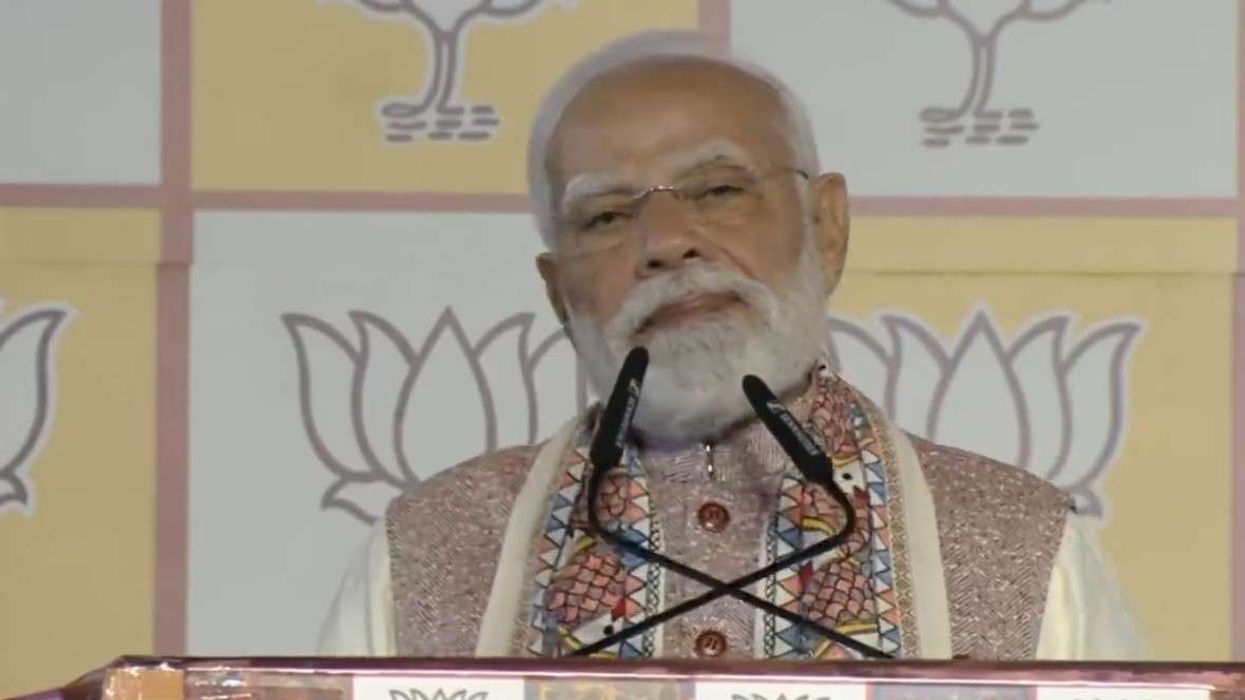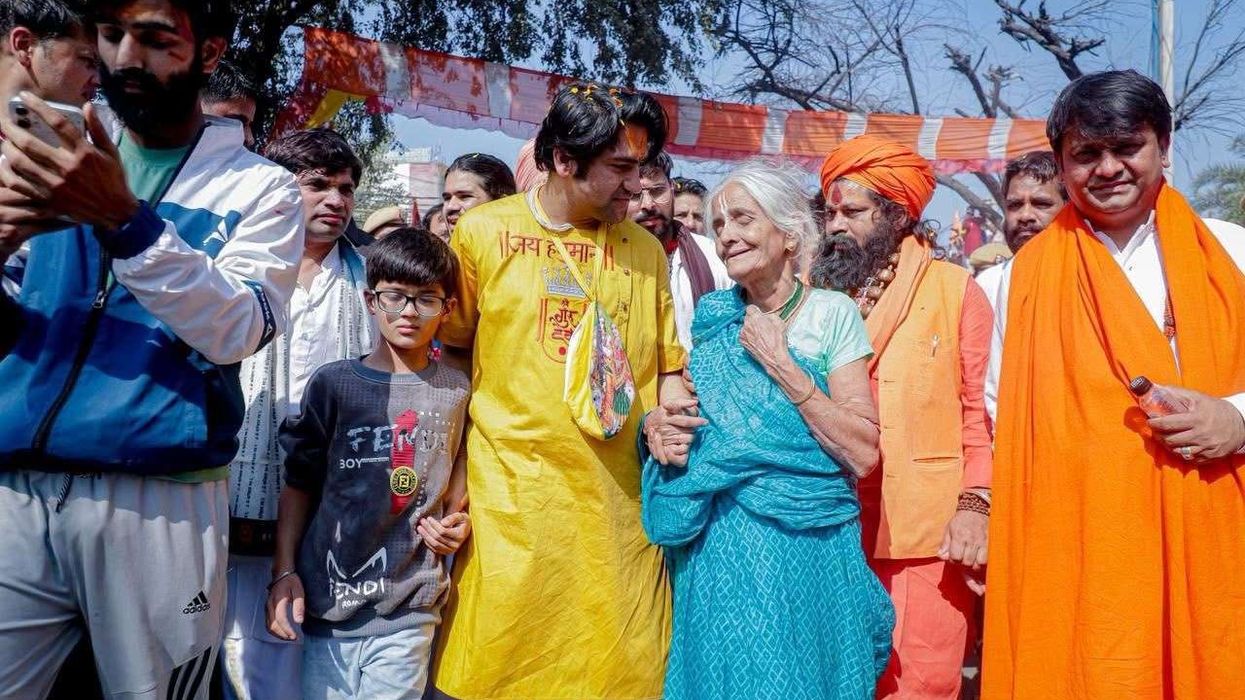by LAUREN CODLING
ETHNIC minorities in the UK face a grave health risk – especially those who require a donor – as the number of eligible donors has fallen while the demand for blood, stem cell and organs has risen, a new report has revealed.
Ending the Silent Crisis reviews the epidemic surrounding donors among BAME groups, with an estimated 27,000 blood donations needed in 2018-19 to keep up with increasing demands.
Labour MP Eleanor Smith, who chaired the review, told Eastern Eye on Tuesday (5) that if more donors don’t come forward, lives will be lost.
“[If things don’t change,] the situation looks pretty dire,” Smith said. “I’m saying it quite bluntly, but people could die.”
Statistics found only 61 per cent of BAME patients in need of a stem cell transplant found a match, compared to 96 per cent of white northern Europeans, while more than a third of those on the waiting list for a kidney transplant are from ethnic minority groups.
On average, BAME individuals wait for a kidney transplant a year longer than their white counterparts.
In 2016-17, more than 1,400 people donated their organs after they died. However, just 29 of these were Asian; 22 were black and 14 were mixed race.
Key findings and recommendations in the review included implementing a longterm government strategy to increase the BAME donation rate; cultural competence training for members of the medical workforce who encounter potential donors; and a public health campaign targeting BAME communities, developed by the community itself.
Smith, who worked as a nurse before she pursued a career in politics, explained that it is a lack of understanding within communities that can discourage individuals from signing the donor list. She believed some misconceptions, including ideas of the procedures being painful, can act as a deterrent.
“We have to start with young people,” she recommended. “It needs to be part of the public health ethos, I think, so children understand it from the beginning and understand what it means.”
Dr Kailesh Chand OBE, the vice-president of the British Medical Association (BMA), shared Smith’s sentiments and agreed that education, especially within the younger generation, is key to the community realising how important donation is.
“The outlook is not terribly bright, but it will not change overnight,” he told Eastern Eye. “Education and awareness is lacking, and it does take time. We
have to be patient.”
Dr Chand, who has worked as a GP since 1983, said one of the most common myths include the fear that care will be compromised if doctors find out a patient is a donor. He asserted this is inaccurate and the loyalty of doctors lies with the patient under their current care.
Other worries include the potential pain from the procedure and concerns that a donor is too old to be eligible.
“When explained properly, people are generous,” Dr Chand said. “But to explain it, not many organisations or gatherings will let the speakers have a platform since it is very low on the priority list.”
Last week, Eastern Eye reported on how Conservative MP Priti Patel called for a nationwide
drive to increase the number of donors from ethnic minority communities as figures show a significant lack of Asians on the list.
The Witham MP raised the issue during Prime Minister’s Questions in the House of Commons requesting Theresa May to lead a national campaign for donor registration.
In response, May said she was aware more needed to be done, and added nearly £20 million has been provided to the NHS Blood and Transplant Service and blood cancer charity Anthony Nolan for stem cell donation since 2015.
Smith acknowledged the issue had been raised in parliament but hoped more action would be taken, especially taking into account the release of the latest statistics.
“I want this always to be out there in the communities and in schools, it needs to be normalised. I don’t want to be having this conversation in a year’s time,” she said.
Harpreet Bhoot is the aunt of 11-year old Rajie, who was diagnosed with leukaemia last November. His best chance of survival is to find a suitable stem cell donor, but no match has been found.
According to blood cancer charity Anthony Nolan, there is only a 20.5 per cent chance of finding a suitable stem cell donor for Asians, compared to 69 per cent for people with white or European heritage.
Bhoot revealed the family are determined to keep positive and have hope as the situation is out of their hands. “You have to rely on doctors and people who are donating, so positivity is the only way to go,” she told Eastern Eye.
Admitting she was not aware of the lack of donors before Rajie was diagnosed, Bhoot said it is only when families are put into the situation that they realise the issue.
She also added that a lot of misconceptions of becoming a donor appeared to stem from the older generation.
“The younger generation are quite happy to put their names forward as a donor, and a lot of the time it is their parents or their parent’s parents who will be against it – the question of: ‘Why you are doing it and what will happen to you?’” she said.
In response to the report, health minister Jackie Doyle-Price said she was personally committed to doing all she could to help change the low statistics so more lives could be saved.
“To donate is to give someone the gift of life… I encourage community leaders to work with us and help spread awareness and understanding of donation so that we can break down
the taboos,” she said. When contacted by Eastern Eye,
NHS Blood and Transplant (NHSBT) said they welcomed any debate on how to increase the number of BME donors.
“NHSBT is already investing significant resources and working closely with partners to
achieve this,” a spokesperson said.
“We look forward to working with the authors of this report as NHSBT works to meet the
challenges around donation.”












